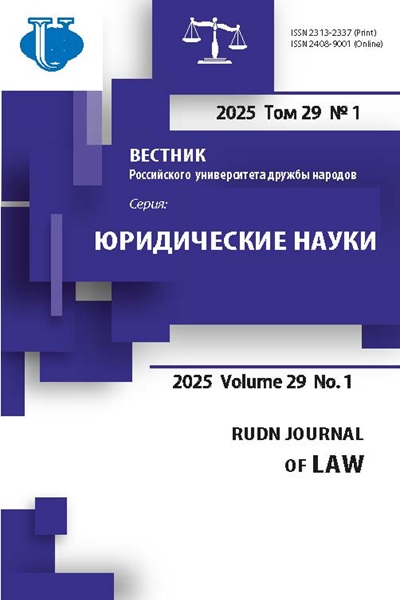Abstract
The widespread use of digital technologies has significantly expanded the semantic boundaries of the term “information”, leading to the erosion of essential constitutive characteristics. As a result, legal acts and jurisprudence increasingly treat the terms “knowledge”, “data” and “message” as synonymous with “information”. The purpose of this scientific article is to establish the nature of information, examine the main distinguishing characteristics of these concepts, and analyze the structure of information and data. To achieve this goal, a combination of general philosophical, general scientific, and specific scientific methodological tools was employed. The analysis of definitions reveals that legal information, as an image perceived and imbued with legal meaning, is constituted by the consciousness of the subject of law. This legal image, imprinted on a tangible medium through a set of physical symbols, is referred to as legal information. Conversely, knowledge that has been encoded and is no longer accessible for perception and comprehension is termed data. A message is defined as a coded equivalent of legal knowledge transmitted using computer technology, with its carrier being a signal. The article concludes that it is essential to distinguish between the nature of information and the nature of signs (symbols). Information itself is constituted by human legal consciousness as a mental act (image) that finds expression through a set of physical symbols on a material medium. It should be noted that the physical symbol serves as a semantic equivalent of the mental symbol formed by the intention of the subject of law. Furthermore, it is important to differentiate between the dichotomous structure of the concept of information, including a material medium and information available for understanding its meaning by subjects of law, and the trichotomous structure of data, which encompasses three components: encoded knowledge, physical media, and computer system tools.
















